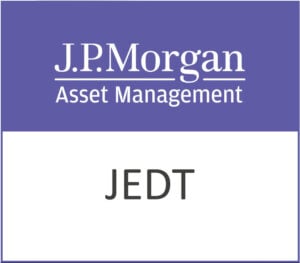Pearson PLC, trading under the ticker PSON.L, is a stalwart of the global publishing industry with a rich heritage dating back to 1844. Headquartered in London, Pearson operates within the Communication Services sector, primarily focusing on educational courseware, assessments, and services. Despite the company’s venerable standing, recent financial data suggests a need for careful navigation of the evolving market landscape.
As of the latest trading session, Pearson shares are priced at 1075 GBp, marking a modest dip of -0.01% from the previous day, amidst a 52-week fluctuation between 1,013.50 and 1,379.00 GBp. The market cap stands robust at $7.03 billion, signalling a significant footprint in the industry. However, the company’s valuation metrics reveal some areas of concern with the absence of a trailing P/E ratio and a notably high forward P/E of 1,532.17, indicating potential expectations for future earnings that may not align with current performance.
Pearson’s revenue growth has contracted by -1.80%, a reflection of the broader challenges facing traditional publishing models amid increasing digital transformation. Despite this, the company maintains a return on equity of 11.95%, demonstrating efficient management of shareholders’ equity to generate profits. Free cash flow is substantial at over £809 million, providing a cushion for strategic investments or shareholder returns.
The company continues to reward its investors with a dividend yield of 2.27%, supported by a sustainable payout ratio of 36.81%, ensuring that the dividends are comfortably covered by earnings. This aspect might appeal to income-focused investors seeking reliable dividend pay-outs.
Analyst sentiment towards Pearson is cautious yet optimistic, with an evenly distributed mix of four buy ratings and four hold ratings, and no sell ratings. The average target price is set at 1,271.88 GBp, suggesting an 18.31% potential upside from the current share price. This optimistic outlook is tempered by the technical indicators, where the RSI (Relative Strength Index) stands at a high 77.68, potentially indicating that the stock is overbought.
Pearson’s extensive portfolio spans five critical segments, including Assessment & Qualifications, Virtual Learning, English Language Learning, Workforce Skills, and Higher Education. This diversification is crucial as the company navigates the transition from traditional print to digital and online educational tools. The Virtual Learning segment, in particular, could be a significant growth driver as education increasingly shifts online, amplified by recent global events that have accelerated digital adoption.
While Pearson faces headwinds, particularly in adapting to changing educational paradigms and the competitive digital landscape, its strategic focus on virtual learning and workforce skills provides a pathway to future resilience and growth. Investors considering Pearson should weigh these opportunities against the backdrop of its current valuation and market conditions.
In navigating the evolving educational publishing space, Pearson’s ability to leverage its established brand, adapt to digital trends, and maintain financial discipline will be critical to delivering long-term shareholder value. The company’s journey is one to watch closely, as it balances its historical legacy with the demands of a digital future.










































